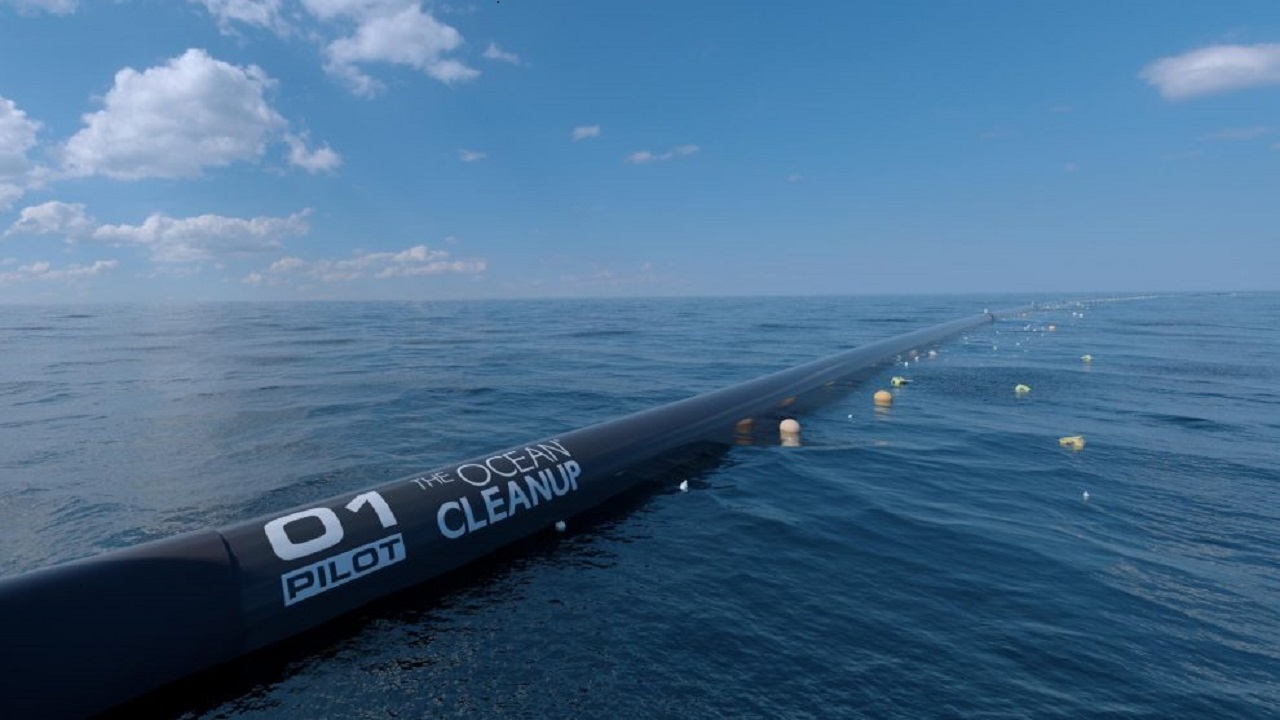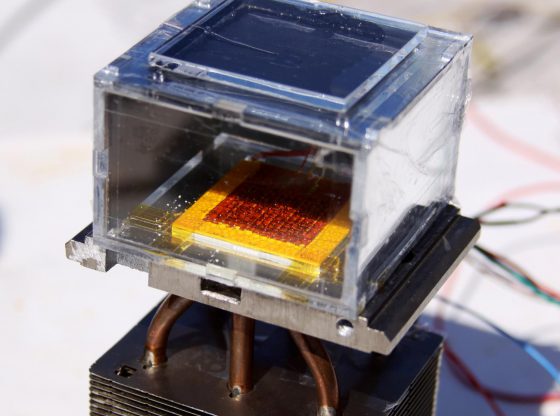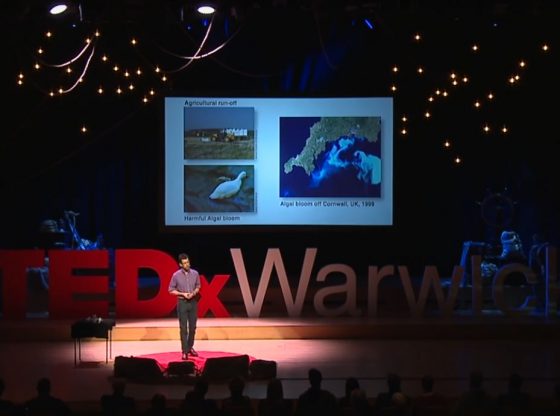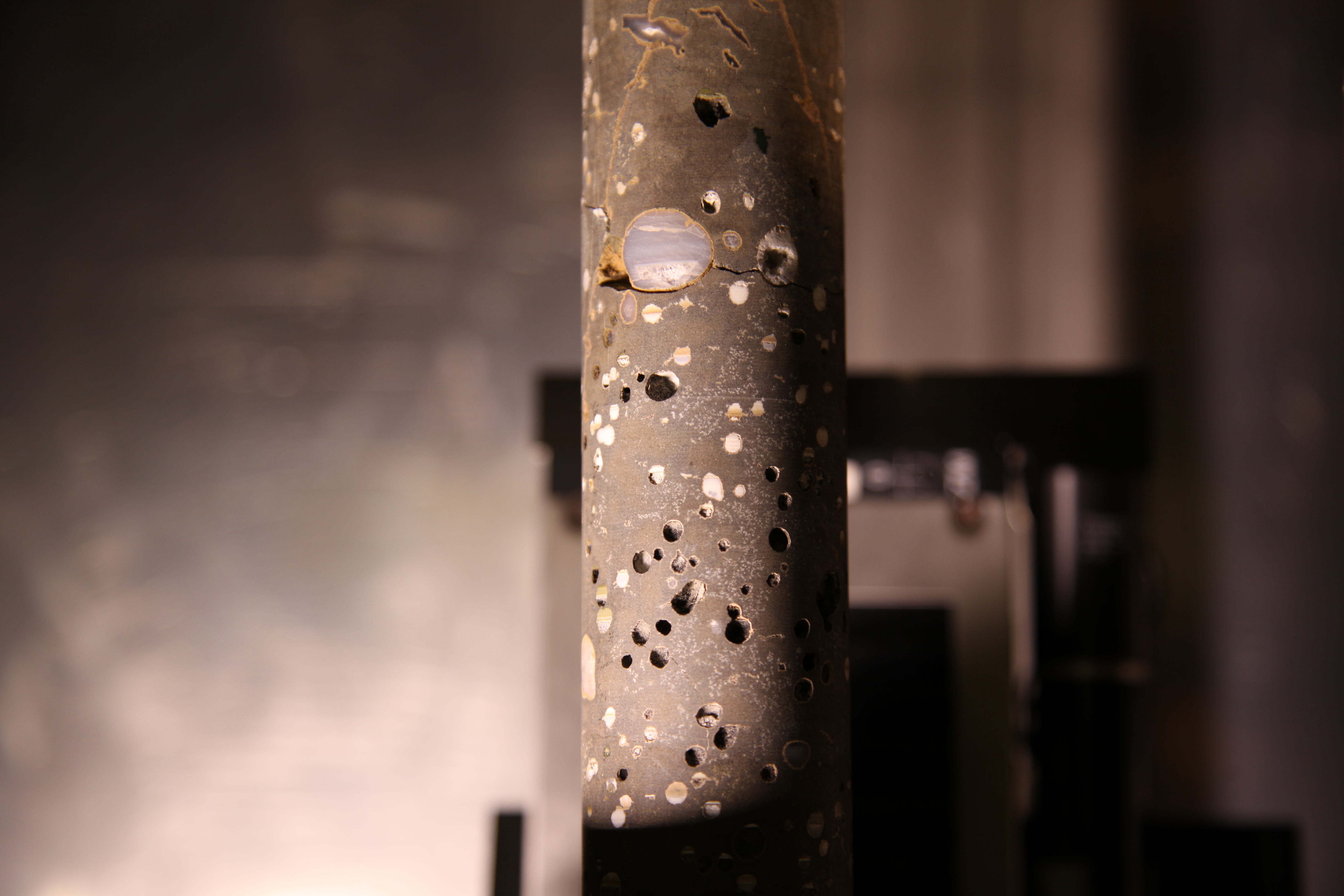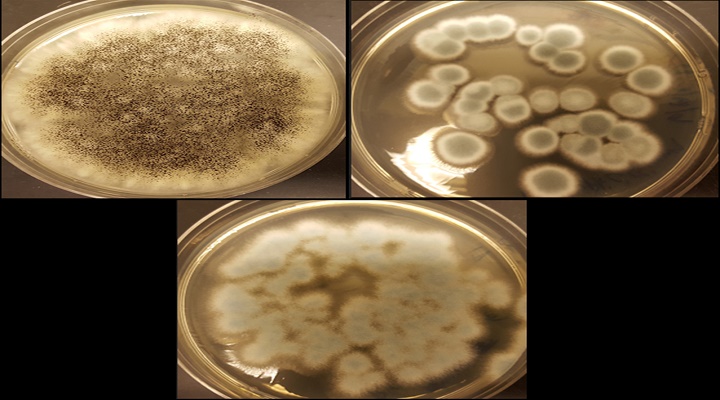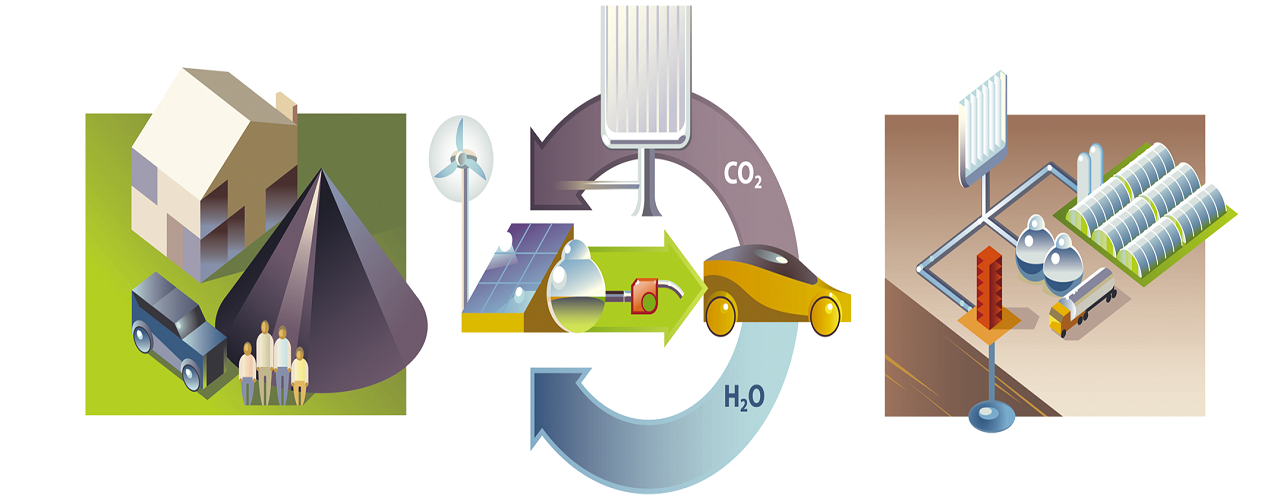In 2013, mere 18-year-old Dutch Boyan Slat started the foundation “The Ocean Cleanup” with a daring ambition to clean up the world’s ocean from plastic by harnessing the natural gyros of the major oceans. Now, four years later, the foundation has managed to raise more than $ 20 million and ready to get started within 12 months – with a completely new design.
Every year, about eight million tons of plastic are released into our world’s ocean. Plastics unable to be broken down by any normally occurring organism in the oceans. Instead, it breaks down into smaller pieces and microplastics and ends up in millions of birds, fish, and mammals.
“- We created this mess; Do not tell me it cannot be cleaned up, ”
– Boyan Slat, founder of The Ocean Cleanup Foundation, on a TEDx talk in October 2012.
Giant nets to collect plastics
Boyan Slat started the foundation “The Ocean Cleanup” in 2013, and since then, it has gradually found more and more sponsors and donors. The idea is based on using the naturally occurring five major gyres in the world’s oceans – two in the Pacific, two in the Atlantic, and one in the Indian Ocean.
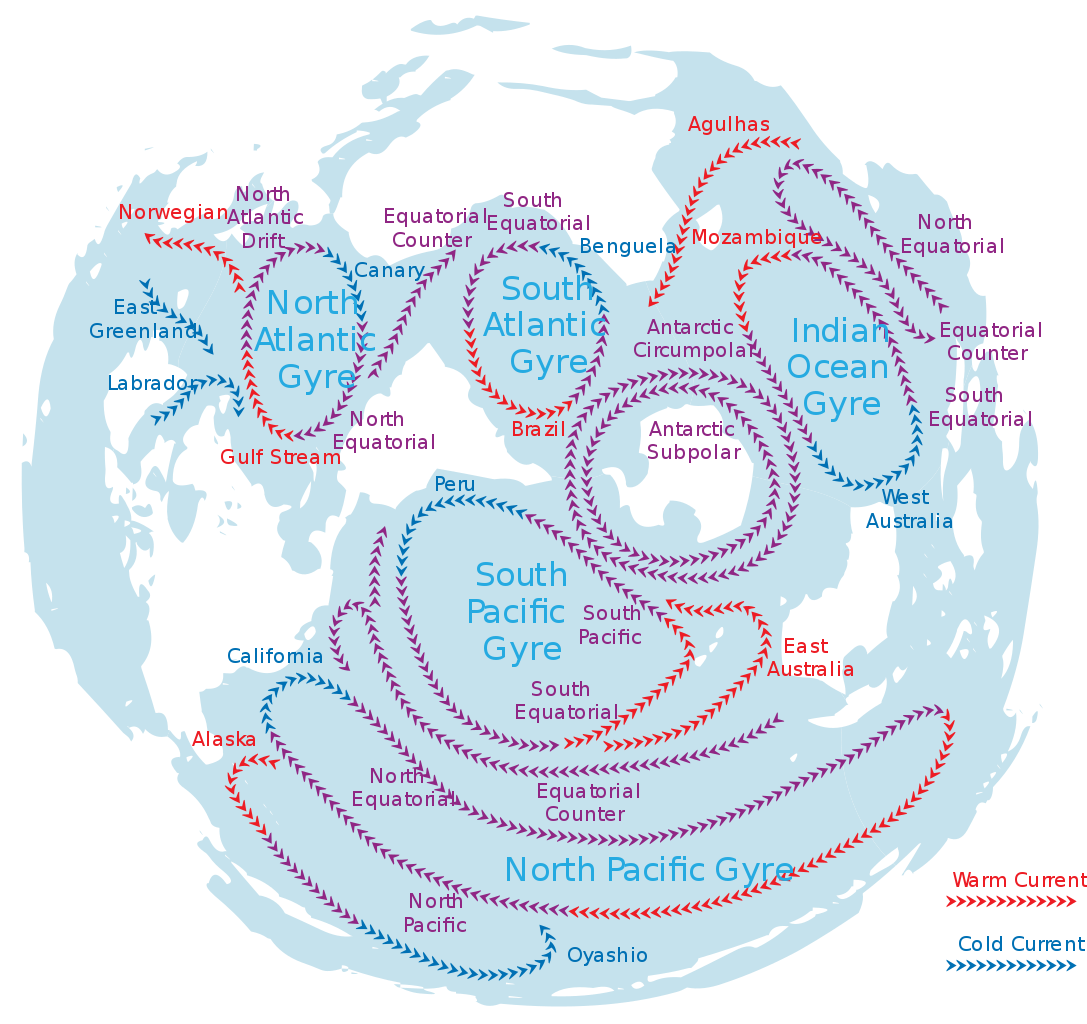
Ocean currents move enormous amounts of water – including much of the plastics contained within – to gather in enormous swirls. It is estimated that the five major gyres stir around seven million tons of plastic at any given moment – as much as 1,000 Eiffel Tower.
The idea was initially to place platforms, and then attach fine mesh between them that hang down in shallow water, this way, the plastic floating on the water is caught while animals can escape and swim underneath. This plastic can then be recycled.
Brand new construction
However, this week, Boyan Slat presented a new design that he and 60 employees have worked with in secret and it’s all about addressing a big problem; how to best attach these structures far out at sea.
At depths of several kilometers, it has been a major problem that needed to be tackled, how to attach these plastic collection stations to the sea bottom
The new solution is to simply let the platforms float rather than attaching them at the sea bottom. Since the surface water moves several times faster than the water just a few hundred meters down, the team have constructed a type of anchor that can be hoisted down which would make the stations moveable, but as long as they move slower than the plastic, it does not matter.
According to Boyan Slat, the design has many advantages: they can be built smaller and faster; They become significantly cheaper; They do not risk being destroyed in severe weather. In addition, they will follow the currents just like the plastic. The more space covered on the ocean surface, the more plastic can be collected.
“It’s such a simple and beautiful construction. A barrier, an anchor, two ropes attached to each side of the barrier with a center of the collection. That’s all,” he said during the announcement at the press conference held in Utrecht, Holland, last week.
Start within one year – instead of 2020
The new construction design allows for the project to get started faster, according to Boyan Slat. The hope is to deploy the first plastic collector within one year.
“With the previous, we counted on collecting 42% of the plastic in these big ocean currents in 10 years. Now we can hope to capture 50% in five years. By 2050, these millions of tons of plastic can be a fraction of what they are today”, said Boyan Slat.

